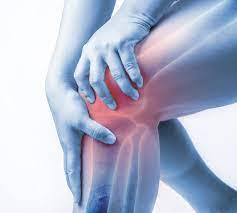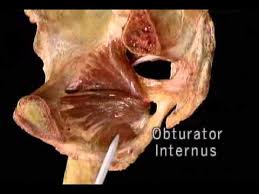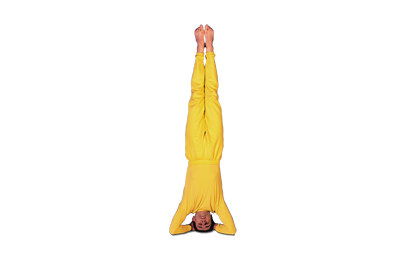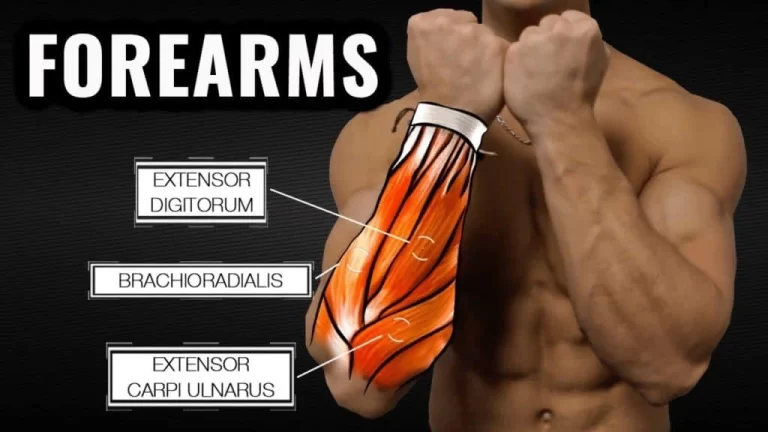Pseudogout: Cause, symtoms, Treatment, Exercise
Table of Contents
What is pseudogout?
Pseudogout is a type of arthritis that causes regular pain and swelling in your joints, mostly affecting the knee joints, however, it can affect any joints in the body. It occurs when your joint synovial fluid has crystals that create pain and inflammation in the joints. It is mostly seen in adults over the age of 60.
It is also called calcium pyrophosphate deposition (CPPD).
How pseudogout is different from gout?
Both types of arthritis have similar types of symptoms such as multiple joint pain, stiffness, and swelling.
Pseudogout and gout both types of arthritis have found crystals in the fluid of the joints.
However, Pseudogout is caused by calcium pyrophosphate crystals while gout is caused by uric acid.
What is pseudogout caused by?
It is arise when calcium pyrophosphate crystals form in the joints synovial fluid. This crystals can deposit in the cartilage of the joints, and also damage to this cartilage(cartilage provides “cushion” to the joints). This crystals formation leads to joint pain, inflammation, swelling with stiffness during movement.
However the causes of crystals not fully understand by scientist till now. It is most commonly seen above the age of 60, while out of them 50% people are the above the age of 85% according to Arthritis foundation.
It is also seen same family, so many Doctors believe that it may be a genetic condition. Other causative factors are:
- hypothyroidism, or an under-active thyroid
- hyperparathyroidism, or an overactive parathyroid gland
- excess iron in the blood (Hemochromatosis)
- injury to the joint
- hypercalcemia (high calcium in the blood)
- magnesium deficiency (hypomagnesemia)
- inherited disorder that affects the bone and teeth (hypophosphatasia)
What are the symptoms of pseudogout?
It is mostly seen in the knee joints, However it also affects the other joint also such as Hip, ankles, elbows and wrist joints. In few people who have pseudogout not seen any symptoms in-between attacks.
Most commonly seen symptoms are:
- Acute, intense joint pain
- swelling over the joint with warmness and sometimes tenderness also associated
- fluid buildup around the joint
- Joint stiffness (Reduced range of motion)
- Difficulty in walking
- Lumping gait
- Knee slightly bent
- muscles tightness around the joints
- In sever cases related muscles spasm are also seen
- Deformity also seen in not-treated severe cases of the pseudogout
This chronic cases of pseudogout may seem similar kind symptoms of rheumatoid arthritis.
Diagnosis:
If you have multiple joints pain, your doctor may prescribe you the following tests to diagnosis of pseudogout:
- arthrocentesis: where an analysis of joint fluid by removing the fluid from the joint to check for calcium pyrophosphate crystals
- X-rays of the joints to examine for any damage to the joint, calcification (calcium buildup) of the cartilage, and deposits of calcium in the joint spaces
- Magnetic Resonance Imaging (MRI) and computed tomography (CT) scans also helps to examine the calcification
- Ultrasound is rarely uses for areas of calcification
Following conditions have similar kind of symptoms, so differential diagnosis is equally important for proper treatment plan, these conditions are:
- osteoarthritis (OA), a degenerative age related wear and tear of joint surfaces caused by loss of cartilage, it also most commonly seen in the knee joints
- rheumatoid arthritis (RA), a long-term joint inflammation that may affect several joint mainly small joints of the hands
- gout, which also causes multiple joint pain with inflammation, commonly affects joints of the toes and feet but can affect other joints as well.
Which medical diseases may be associated with it?
It is also associated with other conditions, such as:
- the thyroid related conditions mainly hypothyroidism and hyperparathyroidism
- Hemophilia, is a hereditary disorder in which clotting of the blood does not seen mainly due to lack of blood-clotting proteins (clotting factors).
- Ochronosis, is a condition where a dark pigment (homogentisic acid) in the cartilage seen and other connective tissues
- Amyloidosis, is a rare condition in which an abnormal protein, called amyloid a buildup in the tissues and interferes with their normal function.
- Hemochromatosis, is a disorder in which an abnormally high level of iron in the blood
Treatment of pseudogout
There is no particular medical treatment is available to remove calcium pyrophosphate crystals from the joint’s synovial fluid, However symptomatic medical treatment helps you to recover gradually with Physiotherapy exercise helps to maintain joint mobility.
Medical treatment:
To relieve acute pain, inflammation, and swelling of the joints your physician may advise nonsteroidal anti-inflammatory drugs (NSAIDs).
The use of Cold packs or Hot packs at home is a natural way to relieve pain.
If you are suffering from other associated conditions, treatment is changed accordingly change, you may also not be advisable to take NSAIDs if:
- if you’re taking blood-thinning medication, such as warfarin (Coumadin)
- you have kidney related condition
- if you have a history of stomach ulcers
To reduce the risk of side effects of NSAIDs, your physician may advise you to take low doses of colchicine (Colcrys) or NSAIDs.
Other related medicine also used for the treatment of pseudogout are:
- hydroxychloroquine (Plaquenil, Quineprox)
- methotrexate (Rheumatrex, Trexall)
Physiotherapy treatment:

Symptomatic pain-relieving Electrotherapy modalities such as Interferential therapy(IFT), TENS, Ultrasound therapy, Short wave Diathermy(SWD) are used to relieve pain, inflammation swelling of the joints.
Range of motion exercise of the stiff joint helps to improve mobility.
Strengthening exercises to improve weak muscles mainly quadriceps strengthening exercise is advised to you.
Regular stretching exercise is also important to maintain flexibility mainly calf and hamstring stretching is required.
Early morning exercise is also important mainly due to morning stiffness of the joints.
Complication:
Crystal in the synovial fluid of the joint leads to permanent joint surfaces damage where you can see bone spurs around the joints that will make your joint movement painful and also damage to the cartilage of the joints. If your knee joints are affected then you have difficulty in walking, stair climbing, and standing from the ground is difficult and you may advise replacing your joint.
Knee flexion deformity is also common where you can see your knee slightly bend nearly 10 to 20 degrees and if you are trying to fully straight is difficult or not possible. It is also called FFD (Fix flexion deformity).
Can I prevent pseudogout?
There is no particular medical treatment is available to remove calcium pyrophosphate crystals from the joint’s synovial fluid, However symptomatic medical treatment helps you to recover gradually with Physiotherapy exercise helps to maintain joint mobility.
Most people with pseudogout can easily relive within a few days to several weeks with the help of regular medical and Physiotherapy treatment.







One Comment